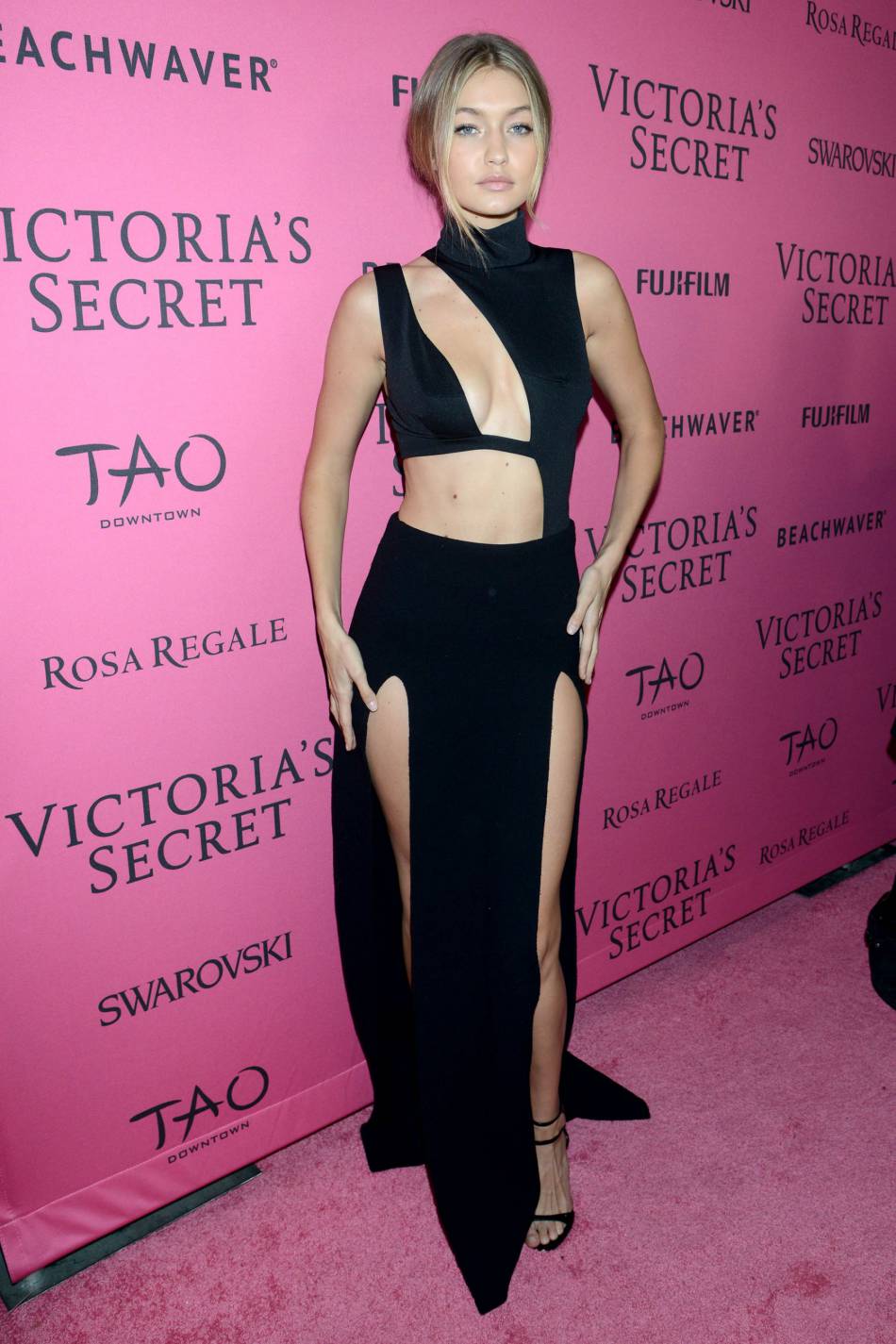
Assemblage in art can be inspired by many different sources, such as words, music, a particular object, or a passing thought. Kristen Robinson is an example of an artist who uses cardboard to make boxes. This cardboard box is made by first cutting it to the desired shape. Then, plaster wrap is applied. Plaster wrap is also commonly used in mask making.
Students will create a monochromatic rhythmic and balanced found art assemblage.
Assemblage is a form of three-dimensional visual art characterized by the use of ordinary objects. Robert Rauschenberg (among others) has popularized this technique. You can create beautiful works of art with everyday items, which are often called "found objects". Students will be grouped together to create their own found art assemblages.
The primary and secondary components of a color scheme should be considered by students when selecting it. Red, for example, is a primary color; white adds to the color. Black and red can be combined to create maroon. Monochromatic palettes generally consist of two primary colours: red and bleu. These colors are complementary, meaning they can be used together and separately.

They will demonstrate asymmetry in their assemblage
Assemblage is a type of sculpture that combines different objects. Its use is common in contemporary sculpture, including works by Damien Hirst, Jake and Dinos Chapman, and YBA artists. Assemblage is also used as a method of large-scale art installation by a variety of contemporary artists. This form of art incorporates both symmetry, and asymmetry to give it a uniform look.
Many artistic techniques can utilize the asymmetry of an art assemblage. For example, one of the most famous pieces of assemblage art is Piet Mondrian's Composition with Red, Yellow, and Blue (1921). This work is characterized by black lines and primary colours as well as different shapes. To create a harmonious visual composition, the artist employs asymmetry in color and texture.
They will investigate the logic behind assemblage
In art, assemblage is the combination of objects to create new meaning. While artists have used this technique for many years to blur the line between art and life every day, modern artists are using it to challenge the traditional divisions. Picasso's Still Life (1914), a work that includes found objects, such as a table stool and a shelf, is an excellent example. It is one of the most popular works of 20th-century art that challenges the boundaries between art, everyday life, and art.
Assemblage arts is an innovative type of art that blurs boundaries between sculpture, installation, or performance. It challenges the idea of medium specificity, which was promoted by formalist critics to structure modern art. It also uses readymade objects to create works that are multisensory and require more interaction than traditional art forms.

They will create an unrepresentational self portrait
An assemblage is an artistic creation that incorporates a variety of objects to create a sculptural work. For artists who are interested in self expression, assemblages can be used to express their own experiences. An assemblage can provide a unique and surprising way to express your personal experiences in a non-representative self-portrait.
Grid style collage is another name for the technique of non-representational self representation in assemblage art. An enlarged image or photograph will be used as the starting point. The artist will then make a grid from small squares using a canvas or an image. The artist will then create various shapes within each of these squares.
FAQ
What are some examples of pop culture in today's world?
Pop Culture is the art form of the 21st century. It includes all types of entertainment including music, film TV, videogames, fashion and advertising. Author Neil Postman coined the term in his book Amusing Ourselves To Death (1985). He defined "pop" as a style of mass communication that uses cheap tricks and formulaic devices to create an illusion of spontaneity and uniqueness.
However, he said that most people don’t enjoy true enjoyment because their culture has conditioned them to want media experiences that make it seem superior to others. He also said that this kind of cultural expression contributed to the decline of critical thinking skills in young adults.
Pop culture is also known as consumerism or popular culture.
What is pop culture?
Pop culture is everywhere. It is everywhere we go: TVs, radios and films, music, magazines, newspapers and websites, as well as social networks. It's all around us 24 hours a day. Pop culture influences everything, from clothes to music and language to politics and religion. What exactly is pop culture? Wikipedia states, "Popular Culture (or Popular Culture) is the mass production of ideas and products for mass consumption." Most people believe that pop culture refers to movies, television, music, fashion, or other entertainment. Pop culture goes beyond entertainment. This term refers to anything consumed by the masses such as video games and sports, toys or clothing, fast food, political campaigns and many other things.
Why is pop music so beloved?
Pop music is fun because it is entertaining! Pop music makes you happy and gives you a sense of freedom. People listen to pop music and are free to think about anything but themselves. They don't have worry about what people think. Pop music is so beloved because of this. People like listening to songs that make them feel good. Turn on the radio to hear upbeat music if you're feeling low. You might even find yourself singing along. Pop music has been so popular over the years because of this.
How did pop culture develop?
Technology drove the development of popular culture. It developed as people became increasingly mobile. The invention of the radio made mass communication possible. This made it possible to create television, which was then used to develop the internet.
People first started to use computers at home. They were also exposed to computer gaming. These games were played on consoles like the Nintendo Wii and Sony Playstation 3. They are now becoming available for free online. Many people choose to play videogames instead of watching television.
Video games are very popular among teens and children. You can play them alone or with your friends online. Games like Call Of Duty and Grand Theft Auto are extremely violent. Some parents worry about their children playing these games. Others find it fascinating to see what happens to a character when they die.
Music videos are another way that pop culture influences youth. They provide information about celebrities and current trends. They are very popular with young people. It is clear that music plays a significant role in our lives.
Music videos are often made by artists who add special effects to their songs. Rappers, for example, use makeup and wigs in order to appear more attractive. To show off their bodies, some musicians are willing to put themselves through extreme physical hardships. Many singers sing while wearing costumes.
Today there is so much music to choose from. You can listen any music you wish. This is not always good news. Music can be a motivator for violence. People are often angry when they hear certain songs or words. Sometimes they even commit crime.
50 Cent was one of the victims. The line from his song Get Rich Or Die Trying is "I'm going down a motherfucker / I don’t know why, but I might." Someone heard this song and thought it meant that he was going to kill someone. He was threatened by a man who called him. So 50 Cent changed the lyrics. It now only says: "I will shoot a bitch/ I don’t understand why but I just might."
Popular culture is essential. We must understand its effects on us. If we don't, we won't be able to protect ourselves against its adverse effects.
What are the examples of pop-culture in 2021
Two hijacked planes crashed into the Twin Towers of New York City's World Trade Center on September 11, 2001. This day would become known as 9/11.
The popular culture was impacted by these events and continues to be today. We can see many ways the event has influenced lives.
This includes television shows such as 24 and movies such as United 93, which tells the story of what happened during the flight from Boston to Los Angeles on 9/11. You can also find books such as The Forever War, by Dexter Filkins.
We all recall our exact location when we first heard of the attacks. Some people jumped out of their beds and went outside. Others read newspapers or watched TV.
Pop culture is constantly changing. Pop culture is a reflection of society and an inspiration. What will happen to popular culture in the next year? We can't tell yet. We know that it will be different from what it was before.
Is Tik Tok pop-culture?
The answer is Yes It's not limited to teenagers. These videos can be used by anyone to express their feelings, share life moments, and show support.
Every day, the app is used by over 200,000,000 people worldwide. Each day, the number of users grows by millions.
This makes TikTok an incredible opportunity for brands to connect with consumers and build meaningful relationships.
TikTok is also home many influencers, who have built large followings on the platform. These creators create original content to engage audiences all over the globe.
So what are waiting for? Here are four options to help you take advantage this trend.
-
Create viral content
-
Engage Influencers
-
Use Visuals Effectively
-
Create with Your Audience
Who is the inventor of Pop Music?
Frank Zappa invented it. His style of music was described by Frank Zappa using the term pop music.
He said that he wanted music to appeal to everyone. Pop music was what he called his music.
Zappa also coined the phrase "You know it’s POP when ..."" which refers to something being popular if it is enjoyed by many people. Michael Jackson's Thriller album, for example, is one of his most popular albums.
Zappa's definitions for pop music are quite different from the current. Today, pop music includes all types of music. But, there were only certain types of music that was considered pop back in those days.
Statistics
- According to Kathryn Sorrells (2013, pp. 142-144), there are several ways that we can become informed consumers of popular culture. (socialsci.libretexts.org)
- Less than a decade later, that statistic rose to 90% (Dager, n.d.). (socialsci.libretexts.org)
- In 1987, US films captured 56% of the European film market. (socialsci.libretexts.org)
- [17][18][19]Definition[edit]According to author John Storey, there are various definitions of popular culture. (en.wikipedia.org)
- According to CNBC.com, “more than 70% of the film's revenue came from countries outside the US” (https://www.cnbc.com/2019/01/08/aqua...nal-sales.html, ret. 8/18/19). (socialsci.libretexts.org)
External Links
How To
What is pop culture and how does it relate to movies?
Popular Movies Culture encompasses all aspects Entertainment - books, magazines newspapers, television programs and websites.
Movies can be classified into different types: comedy/drama, horror, action/adventure. Fantasy, science fiction. Romance, thriller. Animation.
Movie plots follow a predictable path of events that end with a satisfying conclusion.
The success of a movie will depend on its ability to follow this formula.
Here are some common plot points:
-
The protagonist must overcome all obstacles to achieve their goal.
-
An antagonist that opposes your protagonist throughout the film.
-
The protagonist must make a moral decision in a moral dilemma
-
A twist ending that changes everything.
If your story doesn't fit into one of these categories, you may need to reevaluate your concept or outline before you begin writing.
The following questions will be of particular importance:
-
How do I establish my setting?
-
What do you think my protagonist wants?
-
Why should readers care about my story?
-
Where is my story going?
-
Who is my main protagonist?
-
What about conflict?
-
What is the climax of this story?
-
What is my resolution
-
Is the end happy or sad?
-
Do I want to introduce characters?
-
Are there multiple settings for my story?
-
Is there a subplot?
-
Are there major themes?
-
Can I tell a complete book in one chapter?
-
How effective am I using dialog?
-
Is my language clear?
-
Does my vocabulary match the context?
-
Do I use active voice or passive voice?
-
Are there spelling mistakes?
-
Is my grammar correct?
-
Are there too many adverbs?
-
Is there anything I could do to improve this?
-
After I finish editing, what's my first impression?
Your job is more than just to write a book. It is also about getting it published.